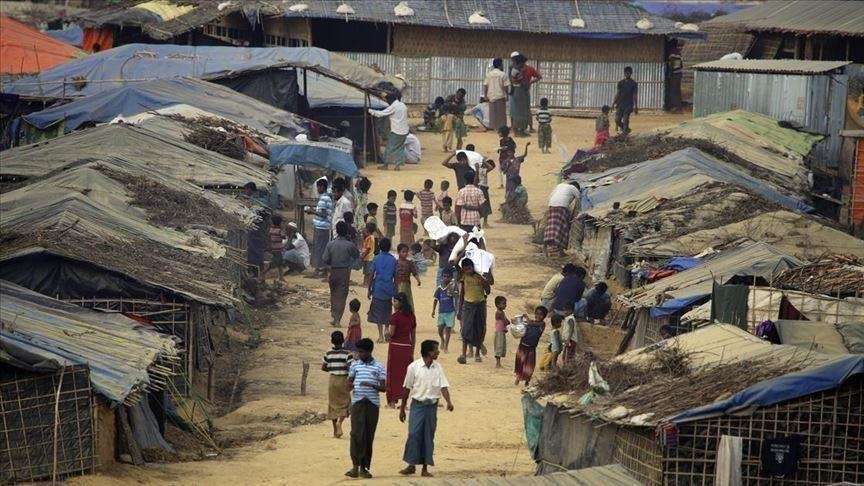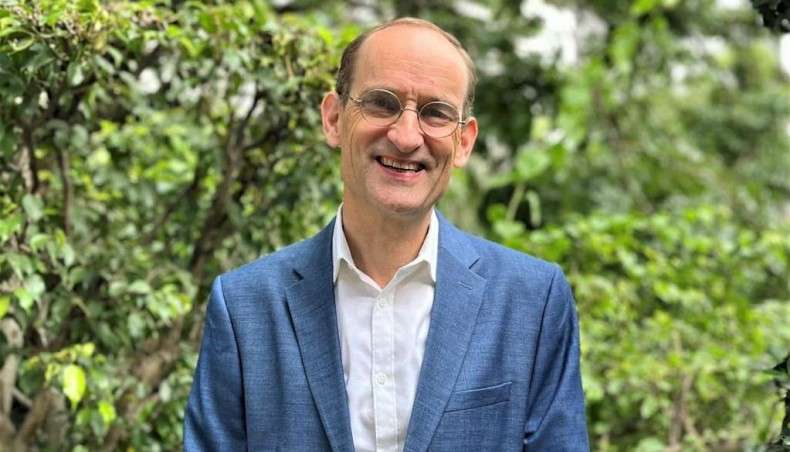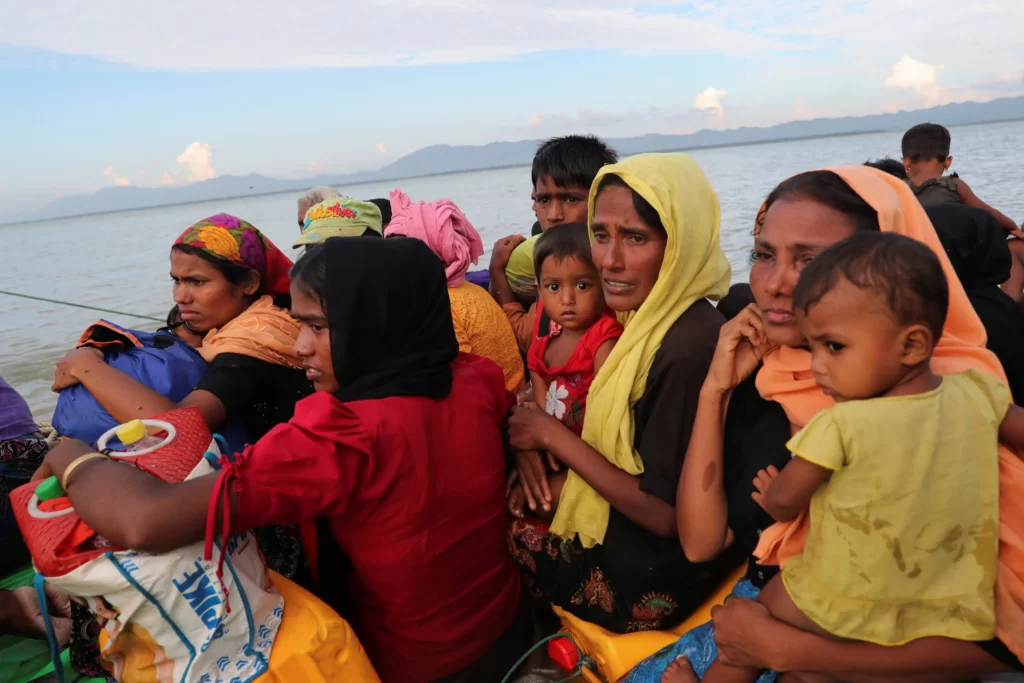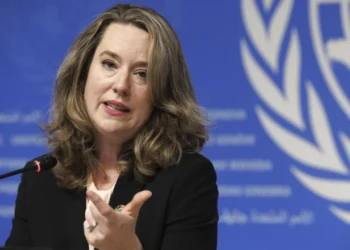According to the UN’s World Food Program (WFP), finance for vital relief initiatives for Rohingya refugees who reside in camps in southern Bangladesh, is currently insufficient, forcing the second ration cut in three months.
As a result of insufficient funds, food vouchers values were reduced from $12 per head per month to $10, in March, and also saw another reduction to $8 in June.
“The ration cuts are our last resort. Many donors have stepped forward with funding but what we have received is simply not enough. It is absolutely critical that we give the Rohingya families back the full assistance they deserve. The longer we wait, the more hunger we will see in the camps already we are seeing more children being admitted into malnutrition treatment programs.”
Dom Scalpelli, WFP Country Director in Bangladesh.
The World Food Program additionally runs nutritional initiatives for young children, expectant mothers, nursing mothers, and malnourished children.

According to the UN refugee agency, the only form of assistance that the Rohingya refugees could count on, is the food assistance program run by the World Food Program, “but since the start of the year, this lifeline has been under severe pressure due to reduced donor funding.”
The UNHRC disclosed that, the only remedy that would prevent the current predicament in the refugee camps from getting worse, is by fully restoring the rations for every member in the camps. The agency added that, despite all the assistance by humanitarian groups, some needy families continue to struggle to live through the day.
However, other UN organizations and humanitarian organizations, including the WFP, have seen a decline in donor financing, having greater effects on their level of operations.
According to the UNHCR, these cuts have had the greatest impact on women and children who constitute to over 75% of the refugee population, and are at greater risk to experience abuse, exploitation, and gender-based violence.
Only 25% of the $875 million needed to assist the almost one million Rohingya refugees in distress has been allocated for the 2023 Rohingya humanitarian crisis response plan.
More assistance would be required from the international community as the Rohingya refugees’ plight deteriorates and their demands keep expanding.
Meanwhile, in order to survive, refugees have employed a more extreme measures like child marriages and child labor, as well as risky boat crossings to other countries for better life, since they lacked basic necessities and legitimate source of income in the camp.

According to Johannes van der Klaauw, UNHCR Representative in Bangladesh, the sole means to avoid the emergency circumstances in the camps from degrading further, is to invest in education, skill development, and livelihood prospects.
“This would allow refugees to become self-reliant and partially fulfill their basic needs through their own means and above all, to prepare them for rebuilding their lives when they can voluntarily and safely return to Myanmar.”
Johannes van der Klaauw, UNHCR Representative in Bangladesh.

In the southern Bangladeshi city of Cox Bazar, there are about almost a million Rohingya people, who remained trapped in refugee shelters. Following extensive and coordinated assaults by the military administration, “the majority of them fled their homes in norther Myanmar” in 2017.
Efforts made by the United Nations to facilitate the return of the Rohingya refugees back to their homeland, have all proven fruitless, as the refugees raises concerns over the military administration’s ability to guarantee their safety.
READ ALSO:Former Treasury Boss Bagged 335k Pound After His Dismissal





















